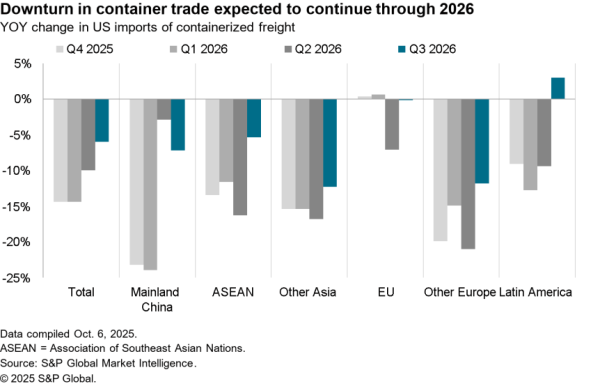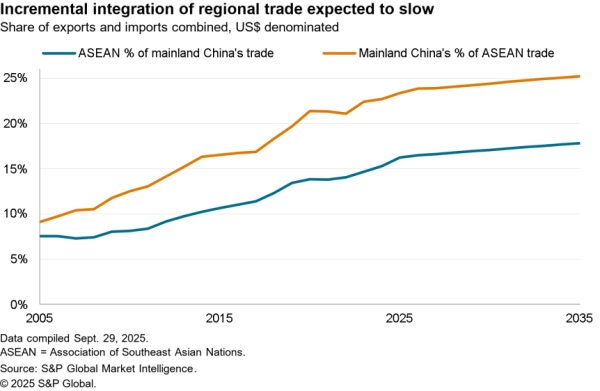The Cap San Antonio, a container ship operated by Maersk’s Hamburg Sud line, has hit a passenger pier at the port of Santos, Brazil causing a hole in the hull and suspension of its operations, Maritime Bulletin reports.
The container shipping industry has been beset by a series of accidents over the past year including collisions, vessel fires, storm damage and of course port congestion and canal blockages that can cause significant delays and challenges for individual firms’ supply chains as discussed in Panjiva’s research of March 24.
CMA CGM data indicates the Cap San Antonio had been scheduled from Santos to Paranagua (Brazil) and before visiting Buenos Aires and a series of ports in Brazil before returning to the eastern seaboard of the Atlantic and visits to Tanger-Med (Morocco), Rotterdam (Netherlands) and London Gateway (U.K.) for deliveries in mid-July.
Panjiva’s data shows that shipping from Brazil handled by Hamburg Sud had been growing faster than average in Q1’21 with a 17.5% year over year expansion compared to an industry average 13.7% rise for all container lines. When combined with parent company Maersk and 2M Alliance partner MSC the group expanded by 22.1% year over year in Q1’21 while all other liners only expanded by 4.6%.
That picture started to reverse in April, with shipments linked to Hamburg Sud and 2M rising by 5.5% and 7.1% respectively while all other container lines’ volumes climbed 12.2%.

Source: Panjiva
The routing from Santos to Paranagua to Tanger-Med, Rotterdam and London has been a source of rapid growth for Hamburg Sud, with shipments having increased by 53.6% year over year in the three months to April 30 with an average 4,430 TEUs per month handled.
The largest three cargo owners on the routing in the 12 months to April 30 were paper companies, led by Klabin with exports which jumped 785% year over year in the three months to April 30 and averaged 489 TEUs per month in the three months to April 30.
While a loss of paper products can disturb downstream supply chains the matter can be more pressing for perishable goods and just-in-time supply chains. The delay could therefore be particularly relevant for shipments linked to meat packer BRF, which reached 190 TEUs per month on average after growth of 598% year over year, and automaker Daimler with shipments which averaged 115 TEUs after a more modest expansion of 19.0%.

Source: Panjiva




